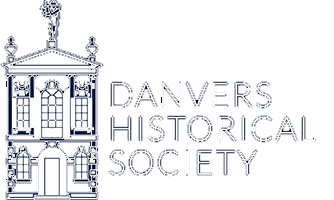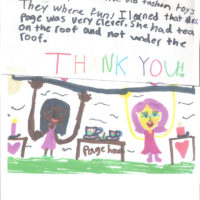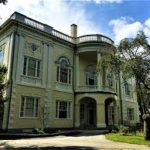Danvers Historical Society’s educational goal is to connect Danvers’ youth and adults with their local history. Through these connections, the Society aims to encourage today’s youth to preserve their heritage for future generations. To support these goals, please donate!
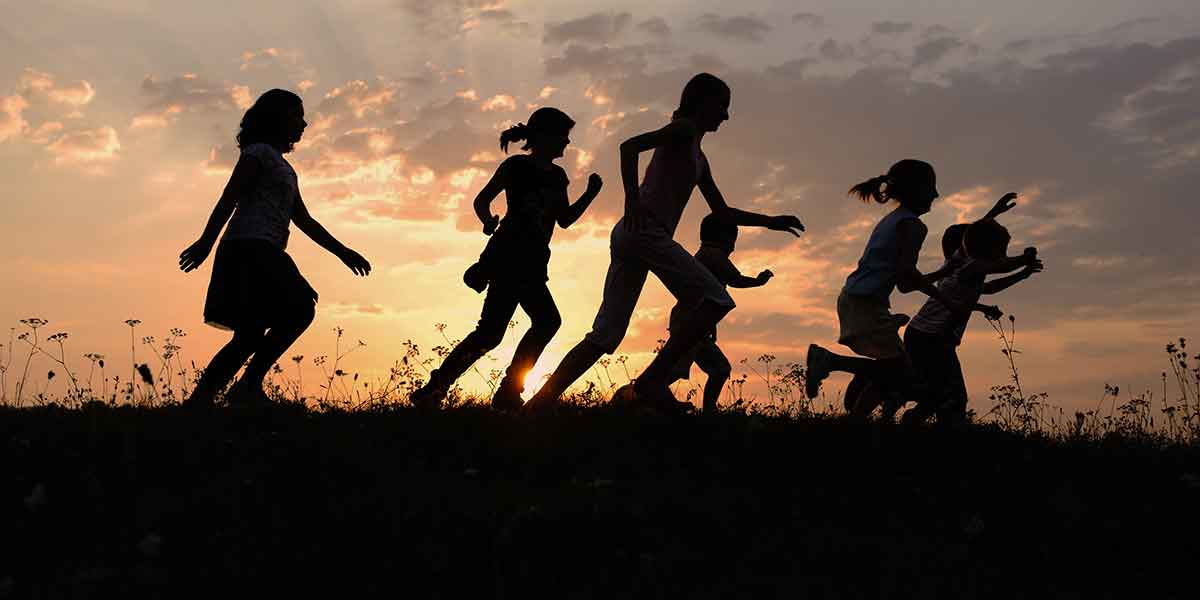
Events
Click on title to learn more
Educational Programs
Click on title to learn more
Community Programs
Click on title to learn more
Mentoring Students & Young Adults with “Come Grow With Us”
Partnering with local educational institutions, the Society provides vocational training to young adults of all abilities in archiving, data entry, event planning, exhibit creation, horticulture, landscaping, property management, and research. Our partners include, but are not limited to:
Read More
- CCAP (College & Career Access Project) Program – Students in Collaboration with NS Comm College & NorhtEastARC Supporting Skilled Young Adults with Disabilities – post high school
- Cub Scouts of America
- Danvers High School Life Skills II Training Program
- Danvers High School Senior Honors Internship Program
- Danvers High School Transitional Program
- Embark Program: North Shore education consortium located at Salem State University
- Endicott College
- Girl Scouts of America
- Masconomet Regional High School
- Northshore Community College
- Plumfield Academy of Danvers
- Salem State University
- SEEM Collaborative (Special Education Educators Mutual) of Wakefield
Our newsest effort will afford the groups above a year-round learning facility at Glen Magna Farms. Learn more and donate here. Thank you to People’s United Bank for their grant to nuture your seed! Garden Blog News
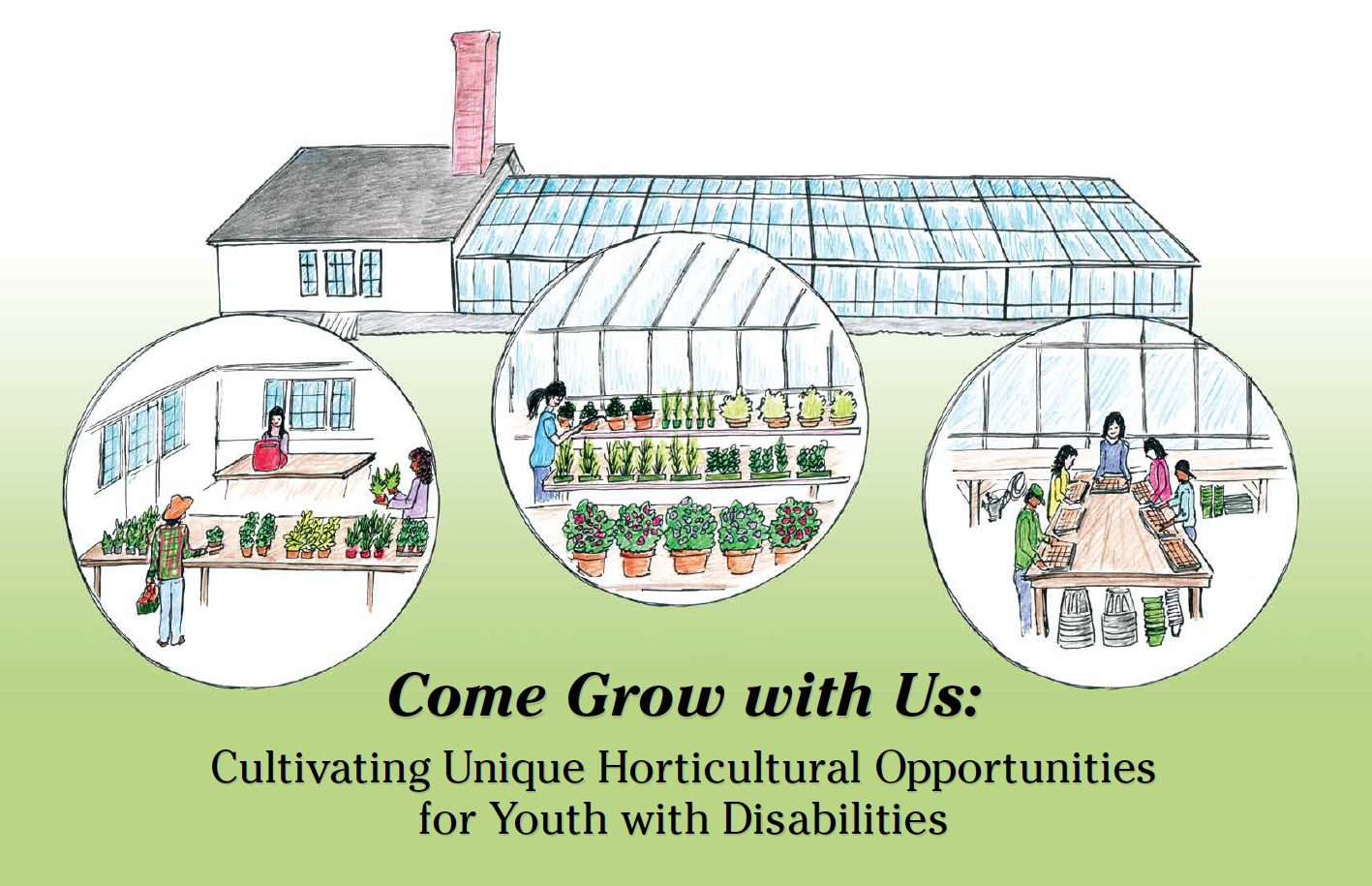
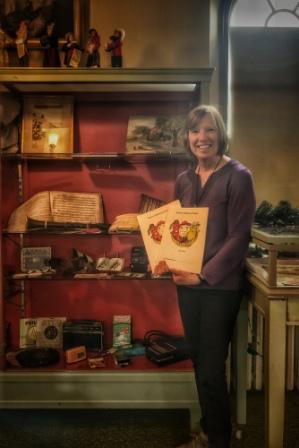
History Week Program
Since 1986
Your donations will fund new interactive experiences and an exhibit focusing on historical artifacts children have used for over 130 years. Each year in early June, Danvers 3rd graders visit Tapley Hall and the Page House to explore artifacts and primary documents including an 1852 Danvers’ map and old photographs. To receive Our Town activity book pages and/or donate to the program, click here.
- 2020, The History Week ProgramCartoon of Carrot Onion PearCartoon of Carrot Onion PearCartoon of Mr. Half-Long Carrot, Mr. Globe Onion and Ms. Endicott Pear2020 History Week
- Ms. Pear at the Training FieldEleazer Goodale at Training FieldEleazer Goodale at Training FieldEleazer Goodale at Training FieldEleazer Goodale at Training Field
- Ms. Pear visits Glen Magna FarmsMs. Pear with Matt Martin at Glen Magna FarmsMs. Pear with Matt Martin at Glen Magna FarmsMs. Pear with Matt Martin at Glen Magna FarmsMs. Pear with Matt Martin at Glen Magna Farms
- Ms. Pear visits Tapley Memorial Hall and the Page HouseSheila Cooke-Kayser at Tapley Memorial HallSheila Cooke-Kayser at Tapley Memorial HallSheila Cooke-Kayser at Tapley Memorial HallSheila Cooke-Kayser at Tapley Memorial Hall
- Ms. Pear visits the Endicott Pear TreeRichard Trask at the Endicott Pear TreeRichard Trask at the Endicott Pear TreeRichard Trask at the Endicott Pear TreeRichard Trask at the Endicott Pear Tree
- Ms. Pear visits the Salem Village Witchcraft Victims’ MemorialRichard Trask at the Salem Village Witchcraft Victims' MemorialRichard Trask at the Salem Village Witchcraft Victims' MemorialRichard Trask at the Salem Village Witchcraft Victims' MemorialRichard Trask at the Salem Village Witchcraft Victims' Memorial
Read More
For 2021 we are introducing Ms. Pear videos thanks to a Digital Capacity Grant provided by MassHumanities. This is a beta releas for Danvers Teachers to share with their students. More updates to follow soon. Please reach out to connect@danvershistory.org with your feedback on these informative videos.
In 2020, the Society sent pages of OUR TOWN activity book out via email. In 2021, we will, once again, be giving the OUR TOWN activity book to every 3rd Grader and, new for 2021, produced videos for their teachers to use in the classroom. The videos are on YouTube and FUN for all ages.
In 2015, as part of our 125th anniversary celebration, the Danvers Historical Society enhanced its popular 30-year old history education program which is offered annually to nearly 300 third graders in the public school system. Working with curriculum coordinators, the Society added more hands-on activities and problem solving experiences that meet current social studies curriculum standards. Much of the implementation is conducted in collaboration with an expanded array of local partner organizations.
In 2016, our 30th year of the History Week Program with Danvers Public Schools engaged the entire 3rd Grade in comparing their personal possessions to historical artifacts in the Society’s collections. We introduced students to the concept of why we have historical societies and why we preserve small objects as well as buildings for the future generations. Students also thought about 50 years from now and we asked them if they would donate an object to represent their childhood and how an object today might be changed by 2066.
The students enjoyed looking at old maps and old photographs while comparing Danvers in the 1800s to now. The students enjoyed looking at historical objects and especially the ones they could touch.
Teacher evaluation response was high and feedback will be used to continually improve the program. 3rd graders research the invention, design, composition, and use of predecessors to their current personal items. They will then have an easier time identifying some of the historical objects. Overall, the teachers gave the program the highest score of “5” out of “5”. All teachers raved about the mapping activity.
Teacher comments:
~ “I’d just like to thank you for all of the time and hard work you put into developing an interesting and informational program for our students. It is greatly appreciated!”
~ “This was the best year so far. The kids were engaged and it moved along nicely. Thank you!”
~ “My students had a great day! Thank you for all of your work to make this field trip memorable for students.”
Discover Danvers Roundtable: since 2013
Artifacts come to life through the eyes of researchers and visitors in a moderated discussion. Participants will be able to carefully handle and closely view objects from the Danvers Historical Society’s collections.
Read More
The Discover Danvers Roundtable, a collaboration of expert and novice researchers inspired by the artifacts in the Tapley Memorial Hall collections to explore past and present belief systems that weave unique stories and share our heritage with a wide audience.
Visitors from around the world, local residents, and students of all ages and abilities will have intimate access to chosen artifacts and roundtable discussions with researchers on several occasions annually. Salem State University, retired National Park Service educators, and Society Trustees are participating in the research and presentation processes to further our mission to educate and preserve Danvers’ history.
This program, funded in part by Mass Humanities, will offer the opportunity to create a mobile exhibit to share with new audiences such as the visually impaired and assisted living facilities. This is truly a community-based project – one that looks at our local and national heritage and engages people in conversation and thought. It’s the kind of work that lasts, and has a positive effect on our town.
“The Society has a deep sense of social responsibility to provide quality educational opportunities to our children, students, young adults, and senior citizens for purposes of cultural enjoyment and enrichment,” stated Thomas Page, President of the Danvers Historical Society. “We were extremely gratified to receive Mass Humanities’ support, especially since their grant proposals are subjected to a rigorous review process.”
Mass Humanities conducts and supports programs that use history, literature, philosophy, and the other humanities disciplines to enhance and improve civic life in Massachusetts. Mass Humanities was established in 1974 as the state-based affiliate of the National Endowment for the Humanities (NEH), an independent programming and grant-making organization that receives support from the NEH and the Mass. Cultural Council and other private sources.
At its core, the Danvers Historical Society is an organization created with gifts from generous people committed to our mission of education and preservation of the history of Danvers. We provide educational programs, lectures and other events focused on our collections, artifacts, documents, and significant Danvers structures and properties. We are a public non-profit organization with a 130 year record of community service. For more information, visit DanversHistory.Org and like us on Facebook.
Donations to the Society gratefully accepted for educational programming.

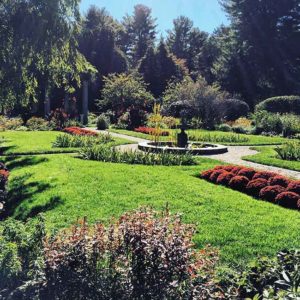
Glen Magna Garden Tours
Visitors are welcome to tour the Gardens from 9am until dusk, Monday through Friday. Saturday & Sunday from 9am to 12 noon, unless otherwise posted for a private event. A $2.00 donation is appreciated for self-guided tours of the grounds only.
Seasonal group guided tours (20 or more) are available by appointment; please call 978-774-9165 for reservations and prices.
Seasonal guided lunch tour (10 person minimum) of the house and gardens is offered May – October, and includes a boxed lunch. Reservations required by the previous Friday, please call 978-774-9165. Cost $20 per person. Wednesdays only, 11AM, rain or shine.
Tea & History
Tea samplings with a short presentation on related historical figures at the Danvers Historical Society’s Jeremiah Page House. Previous programs have included the varieties of tea that George and Martha would have graciously served at Mount Vernon. Learn about the Washingtons’ personal and dining habits, including the important role that tea played in Colonial America and how it set the table for the Page House’s own historic tea party.
The tea program has been presented by Lisa Steigerwalt, local tea educator and George Washington enthusiast and served by DHS members.
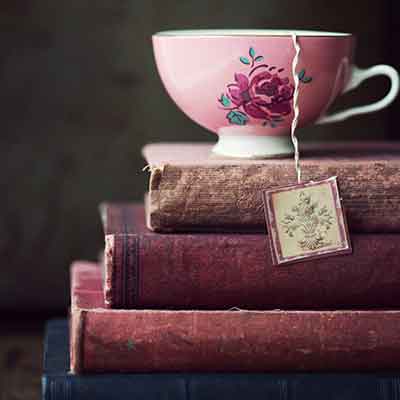
Keeping Stories Alive
Keeping the Stories Alive is an initiative that preserves Danvers history for future generations through the collection of personal memories, stories, and pictures of Danvers life.
We invite you to:
Read More
- Share memories and stories of family, special friendships, and traditions
- Share pictures of events, holidays, vacations, and places in town you cherish the most
- Recount sights, sounds, smells, and tastes that made a moment special
- Recapture the moments of the heart that brought joy and happiness into your life
- Create a glimpse into the Danvers you remember
Yes! I want to submit my “story” for Keeping The Stories Alive
Our first story has been submitted! View it here:
“52 Center Street”
“52 Centre Street”
Author: Marian Berry
Date presented: June 23, 2016
A note from the interviewer, James Russell:
I met the author after she contacted the Danvers Historical Society with an interest in telling a story. Marian Berry, the author of this recollection lived with her grandparents at 52 Center St. in Danvers for one year in the 1920’s. Marian has an encyclopedic memory as you can see by the details presented here. She was in town to celebrate the 60th Anniversary of her graduation from Gordon College. She is a renaissance woman, having had many pursuits in her (to date) 88 years: civil air patrol in high school, college, postgraduate study at college, military service as a cryptographer, language tutor, piano and organ teacher to mention a few.
I’m starting this delightful journey from the place where I was born: Beverly Hospital, August 5, 1928.
It was the time of the great depression. Thousands of people were without work, money, food, and other necessities. Long food lines were everywhere. My daddy was one of those unfortunate people. For awhile he went door-to-door selling Watkins Products, but it wasn’t enough to pay rent, buy food, etc.
At the beginning of my third birthday, my mother’s parents, Susie L. and Fred Sawyer agreed to let us stay with them at 52 Centre Street. We lived there for about a year. I guess Grammie and Grandpa struggled to help all they could and ultimately could not continue. So, when I was four years old, we moved to a home in Salem where we lived all of my school years through high school and then college. This story is about my one-year stay at 52 Centre Street. Although I will soon be 88 years old and not as spry and healthy as I used to be, I clearly remember a lot of things about my year at Grammie and Grandpa’s house at 52 Centre St. in Danvers, MA, including the six party telephone line: 365-J. Everyone else would hear your conversation.
Grammie Susie had three children: Ethel Louise, Evelyn, and Doris. Doris had three children: Barbara, Muriel and Buddy. Doris lived close by. We only had to drive down Hobart St. and take the first left turn to her farmhouse where she and Uncle Doug lived. We would see them often at Grammie’s. Aunt Dot gave me the first pet I ever had, a kitten I named Spunky after Shirley Temple’s horse.
Muriel got married and moved away. Her marriage name was Sweeney. Her husband’s family ran the excursion boats at the Salem Willows for years. I don’t remember her having children. Barbara married and had two children: Susan and Skippy. Susan came to live in our home in later years. I lost complete track of Skippy. I really don’t know what Buddy’s real name was. He joined the navy and we finally lost track of him.
Aunt Evelyn married Roland Farrin. They lived at 73 Locust St., across from Lindall Hill. “Rolly” delivered milk for many years and Evelyn worked in the baby shoe factory. She had a baby girl, Janice, the same year I was born and later, a son, Roger. My mother and Aunt Evelyn were very close. Evelyn had a car and we didn’t. When she went to the beach or visiting relatives, she would usually take mama and me with her and Janice.
My One Year Experience in Danvers
First, let’s talk about the living conditions. These were the days of kerosene lamps, outhouses and black iron stoves. (These things I remember vividly.) When we first arrived at 52 Center St., we had to get used to the outhouse, located down on the hilly back yard. Yes, it did have a Sears Catalog in it. It had two toilet holes. If only one was used, you might find creepy spiders in the other one. Oh yes, there was always a pot under the
bed if you had to go at nighttime. But then, in the morning, of course it must be emptied. HURRAH! I remember when the big day arrived, and the new indoor toilet was installed at the left rear corner of the kitchen
The only heat was from the old black iron stove in the kitchen. I remember taking my bath in a huge round tub on the kitchen floor in water heated on the stove. Since there was no running hot water, Grammie always washed the dishes in cold water. The huge kitchen went the entire length of the back of the house. It had two large windows on the back side and one on the right side.
Grammie loved birds. She had bird feeders in all of the windows where we could sit for hours watching the birds chirping and feeding; hopping around the feeders and eating their share. We could look out the windows and down into the hilly back yard to see the raspberry bushes and the neighbor’s cows in the large pasture which bordered our property. There were also shrubs, trees and flowers decorating the landscape. It was quite scenic.
There was another big cheer when we got a large pot-belly stove installed near the back wall of the living room. Wow! It was great to have that to snuggle up to on those very cold days. One catch: There was still no heat in the three upstairs bedrooms. Sometimes my cousin Janice and I would stay all night together, and to keep warm in the bed, we would have big feather pillow fights and crawl under the puffy layers of bed clothes. What fun! Grammie and Grandpa kept warmer since their downstairs bedroom was heated from the stove. My mom and dad slept upstairs like I did.
Grammie did a lot of cooking and baking; also, gathering her children and grandchildren for big holiday feasts around the huge dining room table. When we first moved in, there was only the old black stove. She did all her cooking and baking there. I loved it when she made doughnuts or other treats, and I had doughnut holes to eat or warm molasses cookies. Of course there was nothing better than a big holiday dinner with all the fixings: turkey, squash, potatoes, stuffing. veggies and, of course, homemade pumpkin or apple pie and good old cider.
Now let’s talk about Grandpa and his living room. A good part of his time was spent here. The living room went the whole length of the house front with a hall leading to the upstairs. And that new pot-belly stove made things so much warmer and pleasant. Of course, Grammie spent a lot of time here, too. This is where she played the piano and harmonica together and this is where I had my first piano experience. I watched her and tried to imitate her but didn’t do very well. I closed my hands into fists and started rolling them back and forth. It sounded something like”Ump Ba, Ump Ba, Ump Ba Ba.” It had quite a beat. It reminded me of an Indian war chant. This was my first piano lesson (or experience). It was also interesting how she had the harmonica attached to a support around her neck so she could play both instruments together.
Grandpa was his own kind of man. When he ate his meals in the kitchen, he would mostly stab his meat and other solid foods with his fork, then turn it upside down before putting it in his mouth. If he really got “mad,” he would sometimes throw things. I remember him throwing a slipper at one of Aunt Dot’s girls because she wouldn’t obey. He worked for a time as a conductor and flagman on a train. My cousin Janice said he had also worked for the Electric Company. I think he had retired when we lived in his home. Most of his spare time was spent either sitting in his “Morris” chair reading, listening to records on his Edison phonograph, or working upstairs in his “workshop” making birdhouses and outdoor ornaments which he later sold. He would often spend the evening with my daddy playing cards: cribbage, pinochle, or maybe just playing solitaire.
In front of the house was a large parking space where Grandpa always parked his “Bluebird” car. That was what it was named. I have no idea of the make of the car. This is the same space where he put his homemade items for sale.
Grandpa was a member of the Odd Fellows organization and belonged to Essex Lodge #26 in Salem. At that time, neither he nor Grammie traveled much. I loved them both dearly. As far as I can remember, they lived in that house until Grandpa passed away. I think this happened when I was in the fourth grade after we moved to Salem. We attended the Wesley Methodist Church there. It was a special day there — It was Odd Fellows Sunday. My dad was also an Odd Fellows member. Grandpa was to attend, but he never made it. Before the program began, my mother’s Aunt Myra called the church and notified my dad that Grandpa had just passed away.
I remember many of the nice people in the neighborhood of 52 Centre St. There was a huge white house across the street on the corner of Centre and Hobart streets. The lot of land was surrounded by large boulders, making a wall about three feet high. This was the parsonage of the Myers family. Mr. Myers was the pastor of the Congregational Church on the opposite corner of Hobart Street. It was there I attended Sunday School each week and my cousin Janice says Grammie was serving there as a deaconess. Pastor and Mrs. Myers had two children. The girl’s name was Judith. She had a brother, but I don’t remember his name. Judy and I were good playmates and spent a lot of time together in her yard. It was also fun playing there and sitting on that big front wall and watching people go by.
I used to have fun watching for the trolley car that came by the house several times a day. My uncle, Frankie Dwinell, was its driver. When Uncle Frank neared our house, he would stop and say “Hi” if he had no passengers. I believe the trolley was headed for Tapleyville in one direction. I’m not sure of its destination in the other direction.
Looking toward the right side of Grammie’s house was a family by the name of Espignola. Mr. and Mrs. Espignola had several children, all older than I. They had a large lot of land, part of which extended across the back of Grandpa’s land. They had cows, chickens, cats and a couple of horses. He grew his own vegetables. The family was always nice to our family. He would let me go into the barn and visit the cows. I was also allowed to help collect eggs from the chickens. I always loved to go to the back of Grammie’s yard and talk to the cows.
Things were different in those days. My mother was always into decorating things. Every year on May 1st, May Day was celebrated by hanging baskets of candy on neighbors’ front doors. We made the baskets from small paper cups. We gathered crepe paper on the sewing machine, making 1 1/2 “ slits on the edge and crimp and twist them to make them look like flowers; then, attach pretty colored pipe cleaners for handles and add crepe streamers hanging from the bottom of the cup. They would then be filled with candy and hung on the neighborhood doors.
Another enjoyable thing in Tapleyville and all other surrounding areas was the July 4th celebration. There was great competition among the fire companies to see which one could produce the largest display of burning barrels. This would happen every year. The barrels were set off at midnight on July 3. It was always fun to be at the top of the Ferris wheel to watch the ignition of the barrels. People would stay and watch them burn all night, and they were still smoldering in the early morning. Other events included a large carnival, usually a doll carriage parade contest, and later a band concert. The amusements were always open late, too. These were the good old days and provide such wonderful memories of 52 Centre Street in Danvers.
July, 2016
Monthly Speaker Series
Guest Speakers present a wide variety of topics on the 3rd Thursday of every month. Some of our previous speaker events have been recorded and are available on YouTube. Check upcoming events here.
Virtual Events available:
- Cold War DanversDan Gagnon lectureDan Gagnon lectureDan Gagnon lectureDan Gagnon lecture
- Finish the Fight, Brave and Revolutionary WomenSheila Cooke Kayser and SuffragistsSheila Cooke Kayser and SuffragistsSheila Cooke Kayser and SuffragistsSheila Cooke Kayser and Suffragists
- Perspectives on the Witch Hysteria Era with Prof. Andrew DarienProf Andrew DarienProf Andrew DarienProf Andrew DarienProf Andrew Darien
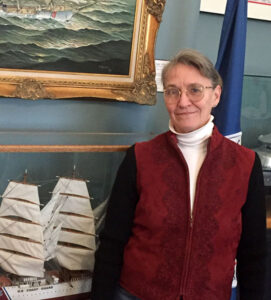
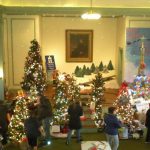
Parade of Trees
Since 2009, the Society and Sponsors have ushered in the holiday season with a walk through the annual Parade of Trees at Tapley Memorial Hall. Imaginative holiday tree and wreath designs are created by area businesses, residents and community groups, each in its own unique theme and style with gifts and decorations. They are on display for one week and then raffled away to lucky winners.
2022 sponsors: Thank you to our Gold Sponsor Salem Five Bank. And Thank you to Coffee Time Bake Shop of Salem, Atlantic Semiconductor of Peabody, A.L. Prime Energy, and the Saluto Family for being our first Parade of Trees 2022 sponsors! All sponsors will be featured in our video tour of the holiday displays on visit YouTube/DanversHistoricalSociety, DCAT, and Rally-Up.
Sponsorship opportunities here. Your donation supports our Education & Preservation mission.
To purchase tickets and donate to this Holiday event click here. Your donation supports our Education & Preservation mission. Due to the pandemic, space in Tapley Memorial Hall is limited, and we request pre-paid donations, through our event page, to pre-schedule your visit.
This year, 2020, offers some added challenges but we feel such a joyous holiday event is needed even more this year. The details of how the event will run are being worked out – the internet will be used more for folks to sign up for set up times, viewing visits, raffle sales, and winner pick up times. Entertainment will be virtual. The week may still be full of various special events including music, story hours, demonstrations and the Polar Express reading but look for them to be done virtually. Contact us to participate: 978-777-1666 or connect@danvershistory.org .
Read More
The Parade of Trees is a display of decorated faux trees and wreaths which are created and donated by local businesses, organizations and families. Have some fun, meet new people and make a difference in the community! People from all over the North Shore attend this event and look forward to viewing these creative works of art and enjoy the talent of local entertainers. Proceeds from the raffle will support the Danvers Historical Society’s education and preservation mission. From grade school curriculum through advanced internships to a speaker series, the Danvers Historical Society provides programs directed to the widest possible audience.
Visit the event page often for developing details! See the Guidelines and Participation Form. Due to the pandemic, space in Tapley Memorial Hall is limited, and we request pre-paid donations, through our event page, to pre-schedule your visit.
If you are unable to commit to a decorated tree or wreath this year, please consider sponsoring an event during the week, purchasing ad space, and/or donating gift certificates that we may add to other trees or wreaths and advertise your business for you! Any donation is much appreciated and no donation is too small. Contact us to participate: 978-777-1666 or connect@danvershistory.org.
Harmony Hot Dogs & Hits
The Historical Society’s annual part in Danvers’ Family Festival Week:
What could be more Americana than hot dogs, root beer floats, vintage baseball and classic rock rock’n’roll? Enjoy a fun summer evening on the picturesque grounds of historic Glen Magna Farms. Hot dogs, drinks and ice cream will be sold. Bring your lawn chair or blanket and spend time listening to live music on Endicott mansion’s veranda and watching vintage baseball, circa 1859. Crafts and a movie at dusk. Don’t miss the fabulous root beer floats!
No coolers or pets, please. A small donation per adult is gratefully appreciated.
Art Slam
The Historical Society’s annual Art Slam is held in late September. Area artisans and performers are encourage to exhibit their works and share a wise range of talent. A small donation per adult is gratefully appreciated.
Weddings and Private Events
The Mansion at Glen Magna Farms, set on an estate of eleven acres, has been described “as near to heaven as one can be in this world.” Located less than one mile from Routes 1 and 95.
Read More
Glen Magna Farms is an ideal location for weddings, private parties, corporate meetings, photo shoots and other special events.
The award-winning landscape includes formal gardens massed with colorful perennials, annuals, shrubbery and an arboretum. The Old Fashioned Garden is anchored by a reproduction of the original Gazebo designed by Francis Peabody in 1840. A wisteria-covered pergola transports guests towards the Derby Summer House, a National Historic Landmark, and into the Rose Garden which blooms in early summer with hundreds of heirloom roses. Classical statuary, fountains, sweeping lawns and winding pathways further enhance the exquisitely restored and manicured grounds.
The main rooms of the Colonial Revival Mansion include a foyer, drawing room, parlor, library and a spacious dining room. Changing rooms for bridal parties or for break-out sessions are on the second floor. A covered veranda along the entire south side of the Mansion overlooks the main lawn and gardens. Tenting for larger outdoor functions is available.
Danvers Building Marker Program
In August 1975 Richard B. Trask established a Historic House Marker Program for the Town of Danvers. Through the auspices of the Danvers Historical Commission and the Danvers Archival Center, a homeowner could request a painted wooden rectangular marker for his house. The signs listed the date of construction of the dwelling and the name and occupation of the original owner. The project was established to coincide with the local celebration of the United States Bicentennial as a means to foster an appreciation and pride in the diversity of ages and styles of Danvers houses and the persons who first lived in them. It was hoped to also encourage knowledge and pride of individual home owners in their homes.
How to Order a Marker: A fee of $45 is charged for sign fabrication for those persons requesting a marker for a Danvers dwelling. In order to begin the marker request, persons are asked to bring or send to the Danvers Archival Center a good quality non-returnable photograph showing as much of the house as possible, together with a check for $45 made out to the “Peabody Institute Library,” with “House Marker” indicated on the memo line. Any information about the history or age of the house should be provided if known, but such information is not a requirement. The photograph is eventually made part of the Archive collection. See more here.
Resources
We no longer have a research library at the Danvers Historical Society. Research records regarding Danvers history and genealogy are now located at the Archival Office within the public library here in Danvers: The Peabody Institute Library, 15 Sylvan St., Danvers, MA 01923, 978-774-0554.
The Archives has a small organizational, preservation, museum studies and historical research library with some local history and family history books on the Putnam family. Library hours by appointment only.
